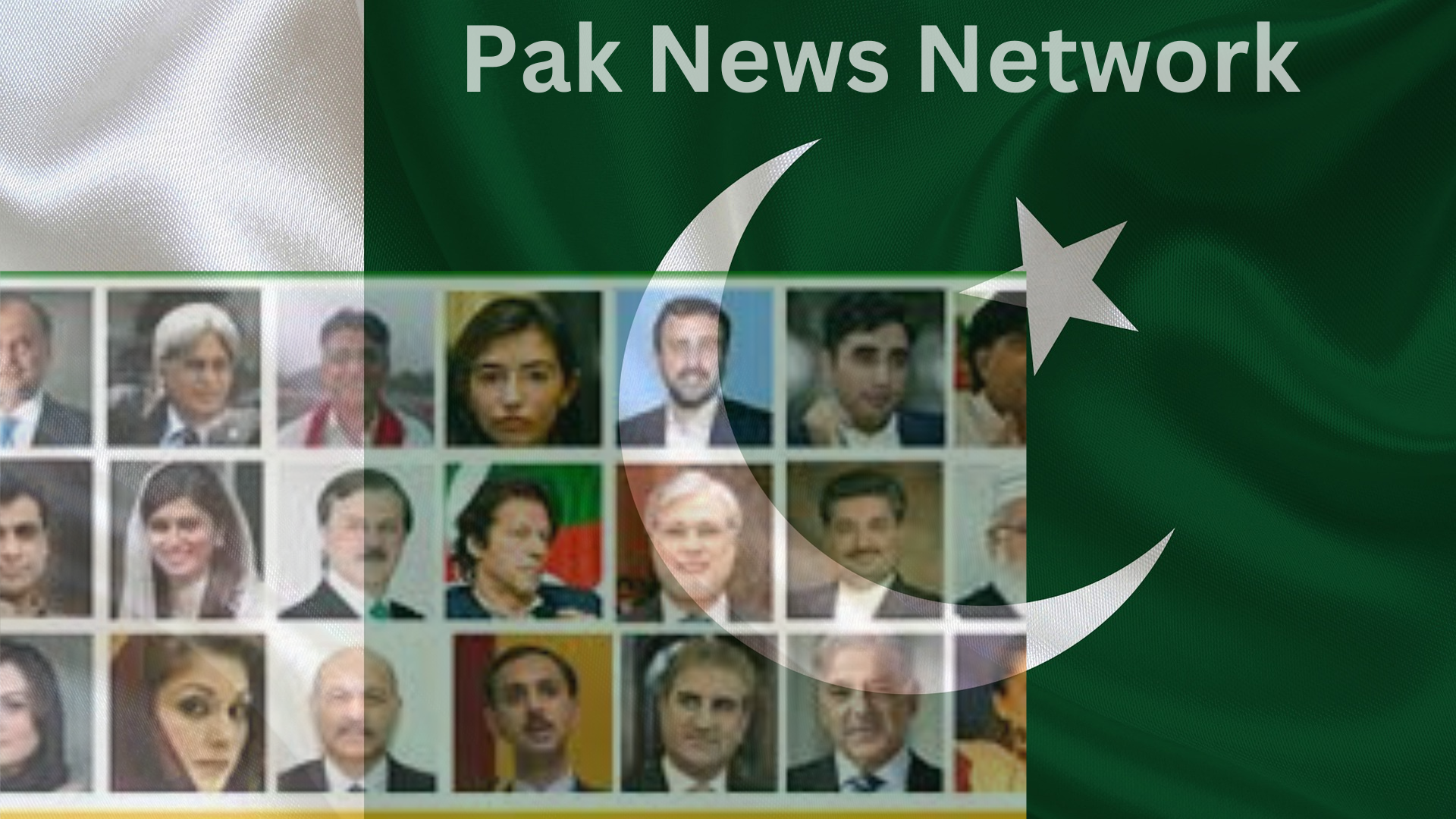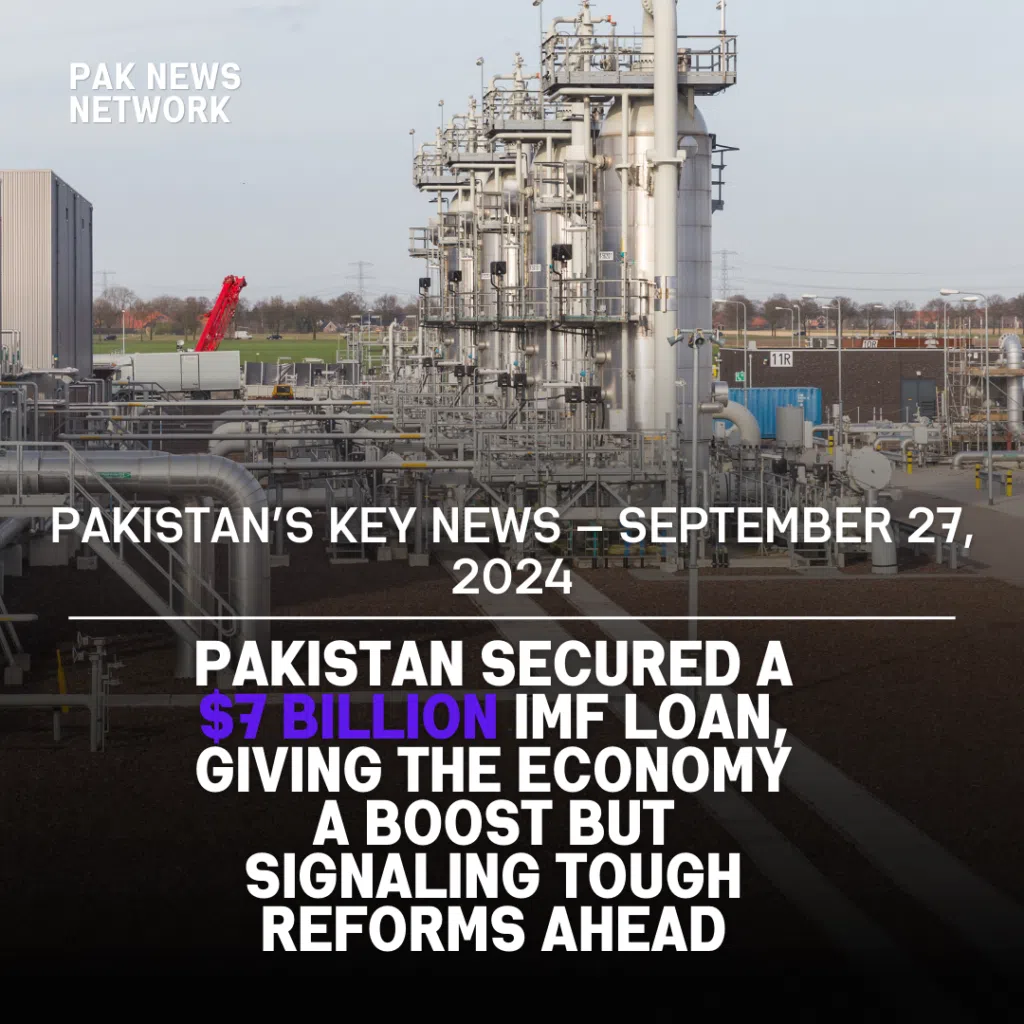Pakistan’s Political Landscape and Economic Crisis in 2024 is embroiled in a state of flux, marked by significant upheavals, shifting allegiances, and the re-emergence of familiar political powerhouses. The 2024 elections, held after months of turmoil, have ignited debates over electoral fairness, the role of the military in politics, and the future of key political figures such as Nawaz Sharif and Imran Khan.
The political outcome of these elections could have far-reaching implications for governance, public policy, and Pakistan’s position on the global stage. This article delves into the intricate political dynamics leading up to and following the elections, examining the key players, recent developments, and potential outcomes for the country’s future.
Background
The buildup to the 2024 elections was dominated by two main figures: former Prime Ministers Nawaz Sharif and Imran Khan. Sharif, returning from exile in 2023, was poised to make a strong comeback, backed by the Pakistan Muslim League-Nawaz (PML-N) and the military.
Imran Khan, who had enjoyed widespread popularity, especially among the youth, saw a dramatic fall from grace after being ousted in 2022. His party, Pakistan Tehreek-e-Insaf (PTI), was systematically weakened through legal disqualifications and state repression, which culminated in Khan’s imprisonment and his party being stripped of its electoral symbol.
Historically, Pakistan’s political landscape has been shaped by the military’s influence and the dominance of two dynastic parties: PML-N and the Pakistan People’s Party (PPP). These elections represented a contest not only between political ideologies but also between the old guard of Pakistan’s politics and emerging factions. Imran Khan’s PTI, though severely crippled by state interventions, remained a potent force, fueled by widespread dissatisfaction with the military’s interference in politics.
Current Developments
Leading up to the elections, Nawaz Sharif’s return from self-imposed exile became a significant event. His homecoming was part of a broader strategy by PML-N to regain political clout and consolidate power. However, Sharif’s re-emergence was also met with skepticism, as critics accused him of being part of the same political elite that has historically failed to uplift the country.
On the other side, PTI struggled to regain its footing after a series of legal and political blows. Imran Khan’s imprisonment in 2023 over charges related to the Toshakhana case, combined with state efforts to fragment PTI, made it difficult for the party to mount an effective campaign.
Nevertheless, PTI still commands considerable support, especially among urban youth, although the caretaker government’s moves to restrict PTI’s rallies and disqualify several candidates have left the party in disarray.
The recent elections have also been marred by reports of interference and rigging, especially in Punjab, Pakistan’s most populous province.
Observers have pointed to heavy-handed state measures that undermine the democratic process, such as curbing PTI rallies and imposing restrictions on political gatherings. Despite these challenges, the 2024 elections are being closely watched for their potential to reshape Pakistan’s political future.
Analysis of Political Landscape and Economic Crisis in 2024
The 2024 elections are likely to have both immediate and long-term effects on Pakistan’s political structure. In the short term, if Nawaz Sharif’s PML-N gains a majority, the country may witness increased cooperation with the military, which had grown uneasy under Khan’s rule. A PML-N victory could stabilize relations with institutions like the judiciary and the armed forces, possibly leading to political stability, though critics argue that this stability would come at the cost of democratic freedoms.
From an economic perspective, Pakistan remains deeply dependent on international financial institutions like the IMF. The IMF’s conditionality attached to loans has often led to austerity measures, creating significant public discontent. A PML-N government may have to navigate the difficult balance between meeting IMF requirements and addressing public grievances.
Comparing these elections to previous ones, the stakes are even higher. In 2018, PTI’s rise signaled the public’s desire for change, but its governance challenges revealed the complexities of delivering on campaign promises. Similarly, PML-N’s potential return in 2024 would be scrutinized against its previous terms, where infrastructure development and economic growth were prioritized, but critics argued that these were superficial fixes that didn’t address deeper structural issues.
In the long run, the outcome of these elections could define the future of democracy in Pakistan. A decisive win for PML-N might signify the end of PTI as a viable political force, cementing the dominance of the traditional political dynasties. On the other hand, a surprising comeback by PTI, despite its challenges, could signal a shift towards a more populist and confrontational style of governance, with the potential for further conflict with state institutions.
Conclusion
The 2024 elections mark a pivotal moment in Pakistan’s political history, offering a stark choice between traditional political forces and populist opposition. As the dust settles, the results will reveal not only the public’s appetite for change but also the resilience of Pakistan’s democratic processes.
Whether the country veers towards a period of stability under Nawaz Sharif or sees a continuation of political polarization largely depends on how the key players navigate the post-election period. Looking ahead, the elections could either set the stage for a renewed partnership between civilian leaders and the military or deepen the political divide, with unpredictable consequences for Pakistan’s governance and stability.
References
Dawn News. (2024). Live Updates: Elections 2024. Retrieved from www.dawn.com
The Nation. (2024). IMF Loan Approval Brings Political Gains and Challenges for Govt. Retrieved from www.nation.com.pk
Express Tribune. (2024). Imran Khan’s Election Rally Disrupted by Section 144 Imposition. Retrieved from www.tribune.com.pk
FAQs
What are the main factors contributing to Pakistan’s current Political Landscape and Economic Crisis?
Answer: Pakistan’s Political Landscape and Economic Crisis stem from multiple factors: external debt, a persistent fiscal deficit, inflation, and depleting foreign reserves. Dependency on IMF loans and poor governance also exacerbates the situation. The country has faced multiple challenges in stabilizing its currency and dealing with increasing unemployment.
How has the IMF loan affected Pakistan’s political environment?
Answer: The IMF loan has played a dual role: while it has helped prevent a complete economic collapse by providing necessary funds, it has also brought political challenges. The conditions attached to the loan, such as austerity measures and tax reforms, have led to public discontent and have become a major point of debate among political parties.




Рекламное агентство – это компания, которая занимается созданием и реализацией рекламных кампаний для различных клиентов. Рекламное агентство может предлагать следующие услуги:
1. Разработка рекламной стратегии: анализ аудиитории, определение целей и задач рекламной кампании, выбор каналов рекламы и бюджетирование.
2. Создание рекламного контента: разработка рекламных материалов, таких как видеоролики, баннеры, печатные объявления, тексты для социальных сетей и т.д.
3. Медиапланирование: выбор оптимальных каналов для размещения рекламы, закупка рекламного пространства, мониторинг эффективности кампании.
4. Социальные сети: создание и управление рекламными кампаниями в социальных сетях, таких как Facebook, Instagram, Twitter и т.д.
5. Оцифровка: преобразование традиционных рекламных форматов в цифровые, такие как email-рассылка, мобильная реклама и т.д.
6. Анализ и отчетность: отслеживание эффективности рекламной кампании, анализ результатов, предоставление отчетов клиенту.
Рекламные агентства могут специализироваться на различных областях, таких как:
1. Digital-агентство:?ализируется на цифровой рекламе, включая поиск, социальные сети, email-рассылку и т.д.
2. Full-service-агентство: предлагает полный спектр услуг, включая разработку рекламной стратегии, создание контента и медиапланирование.
3. Брендинговое агентство: специализируется на разработке бренда, включая создание логотипа, упаковки и т.д.
4. Event-агентство: организует и продвигает мероприятия, такие как конференции, семинары, выставки и т.д.
5. PR-агентство: занимается по связям с общественностью, включая общение с СМИ, кризис-менеджмент и т.д.
Также рекламные агентства могут иметь различные бизнес-модели, такие как:
1. Фиксированная плата: агентство получает фиксированную плату за свои услуги.
2. Комиссионная плата: агентство получает комиссию от рекламного бюджета клиента.
3. Результативная плата: агентство получает плату только в случае достижения определенных результатов, таких как увеличениеconversion rate или дохода.
В целом, рекламное агентство играет важную роль в развитии бизнеса, помогая компаниям привлекать внимание целевой аудитории и достигать своих маркетинговых целей.
мы предаставляем услуги такие как
продвижение сайта поведенческих факторов
мы работаем 24 на 7 обращайтесь поможем по разным вопроса по маркетингу
123
Hy dear, this is my first website and I am trying to upgrade my own self.
kmspico download
is a trusted tool for activating Microsoft Windows and Microsoft Office. It provides a efficient and long-lasting activation solution, helping users to unlock all advanced features. You can learn more about it.
official kmspico
is a widely-used tool for activating Windows and Office. It offers a quick and permanent activation method, allowing users to access all advanced features. You can find more details.
youtube audio downloader
is a easy-to-use tool for saving videos from YouTube and music files quickly. It works with multiple formats like MP3, MP4, and HD, allowing users to save high-quality content offline. You can read more about it for a better experience.